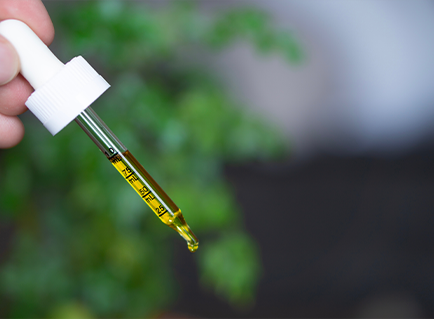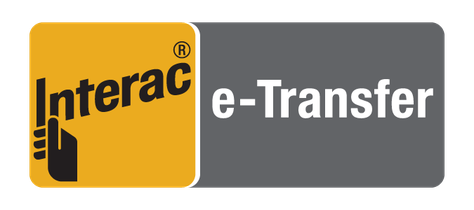The use of marijuana products for medical and recreational use has been with us since the dawn of history. Marijuana has two main compounds, namely cannabidiol (CBD) and tetrahydrocannabinol (THC). CBD is popular in medical use, but it lacks psychoactive components. On the other hand, THC compounds cause feel-good sensations and psychoactive effects.
THC can be taken in many way such as oral ingestion, inhalation, topical application or sublingual administration. THC is helpful in recreational activity and helps relieve chronic pain, improve appetite and insomnia, among other ailments.
How THC Works
Anandamide is a brain chemical responsible for sending messages between neurons across the nervous system. The chemical affects the brain cells responsible for pleasure, focus, mobility, sensory, coordination, thinking and memory. THC has a striking resemblance to the anandamide molecular structure.
Upon ingestion of marijuana, THC attaches the cannabinoid receptors to the neurons. The result is a complete altercation of the mental and physical functionality of the brain. This change happens because the cannabinoid receptors alter the Endocannabinoid system responsible for normal body functions.
THC also affects the hypothalamus responsible for the release of dopamine. In addition, the chemical is responsible for the natural rewarding system that causes pleasure in eating and sex. As a result, a marijuana user will have an increased appetite. It also affects the nucleus accumbens part of the brain responsible for euphoria. Finally, THC may also influence the amygdala, which regulates emotions, anxiety and tress
Benefits of THC
- THC is an Effective Sleep Aid
Sleep disorders are a common phenomenon for people living with diseases associated with chronic pain, such as multiple sclerosis. Products containing THC can potentially reduce disturbances and enhance sleep, hence solving short-term sleep problems and reducing the time it takes to fall asleep. People who have insomnia take this cannabis compound to induce sleep. THC reduces the rapid eye movement that people experience just before falling asleep. A reduction in REM reduces dreams and nightmares; hence an individual can enjoy deep sleep. People experiencing PSTD may enjoy this benefit.
- Acts as a Pain Reliever
THC activates the chain of nerve cells in the central nervous system and the immune system. When the cannabinoid receptors in the nerve cells are activated, they prevent signals between the brain and the organs. As a result, the pain signals do not reach the brain cells hence reducing the pain sensation. Further, the feel-good component in THC may cause one to forget or care less about the pain they are feeling.
- Enhances Appetite
THC works by binding to the type 1 cannabinoid receptor (CB1), thus activating it. In addition, the cannabis compound increases Ghrelin by either decreasing your peptide tyrosine levels or activating the Rapamycin pathway’s mammalian target, hence boosting your appetite.
It also contains Dronabinol, which activates the Proopiomelanocortin neurons (POMCs). POMCs increase appetite by stimulating the secondary pathway. The effects include: increase indigestion, improved food palatability, increase in eating pleasure and regulation of food intake. These effects are different depending on the body part whose CB1 is activated.
- Eases Nausea and Vomiting
Cancer and HIV/AIDS patients sometimes experience nausea and vomiting as side effects of the treatment procedures. The THC compound interacts with serotonin, a neurotransmitter that plays a role in digestion. It inhibits the normal functionality of the serotonin receptors controlling the brain part responsible for appetite, vomiting and nausea.
Effects of THC
- Euphoria
The effect of THC can begin immediately or can be delayed depending on the mode of ingestion. For example, when one smokes marijuana, the effects almost begin immediately. It is due to a quick transfer of the compound into the bloodstream and circulation to the brain. After smoking, THC leads to euphoria, which varies from one person to another. While some may have heightened appetite, others may laugh hysterically or get hallucinations.
- Mental Disruption
THC leads to psychosis, where it is hard to tell the difference between reality and imagination. It may also lead to heightened senses than usual. For instance, one may find some colors brighter than others, and some sounds may seem louder than usual. Moreover, it lowers self-control and may lead to indulging in risky behaviors such as risky sex. Finally, it causes your mind to have lower motor skills which could lead to dangerous driving.
- Other Effects
THC ingestion is not always associated with feeling “high.” Some users may experience heightened anxiety, low memory, fear, distrust or loss of personal identity. It can also cause dry mouth, nausea or vomiting. Moreover, excessive use of THC leads to dependency or addictions.
THC is detected in the body system depending on the mode of consumption, amounts taken and frequency of use. Common tests to detect THC include urine, blood, saliva and hair test.




